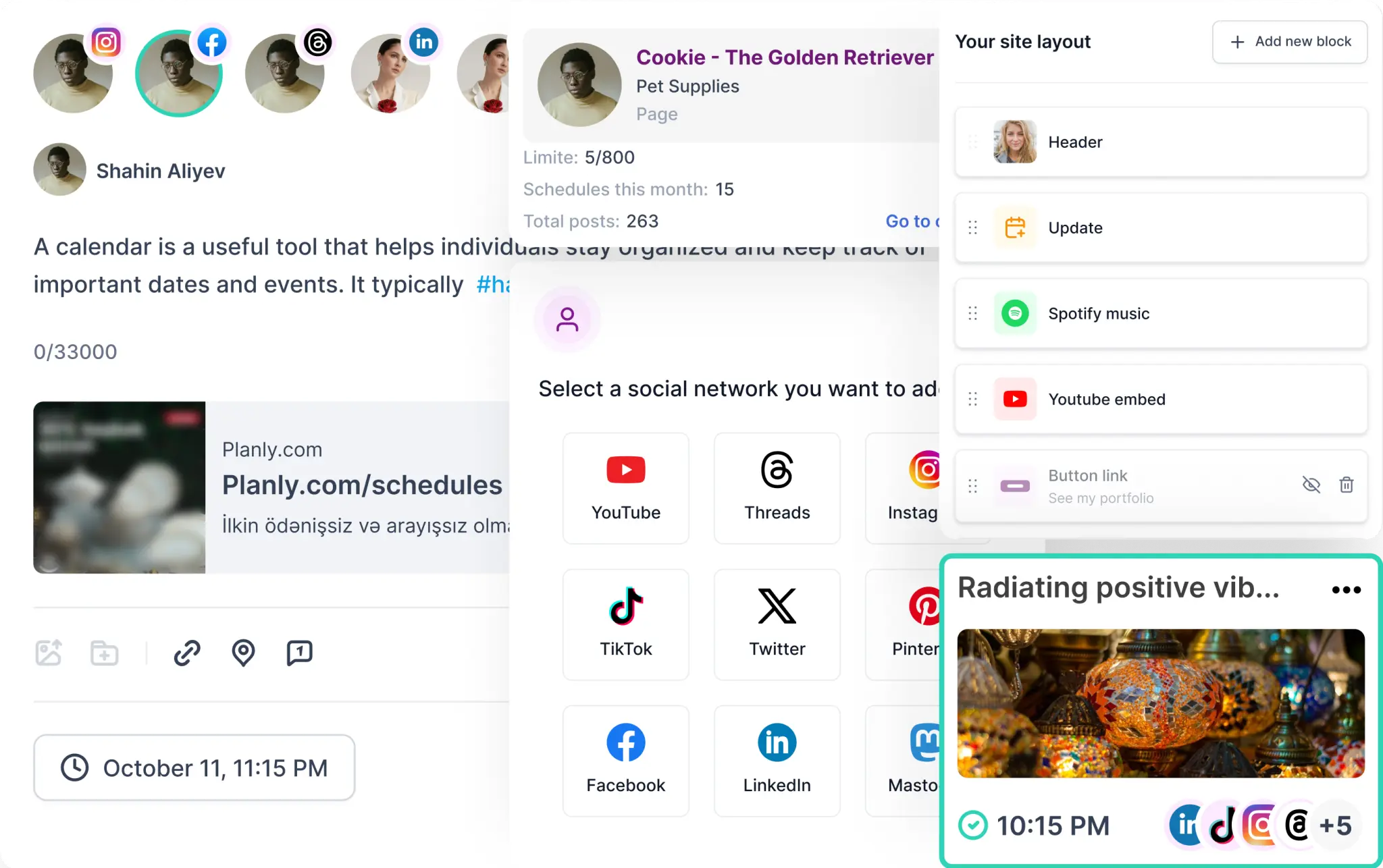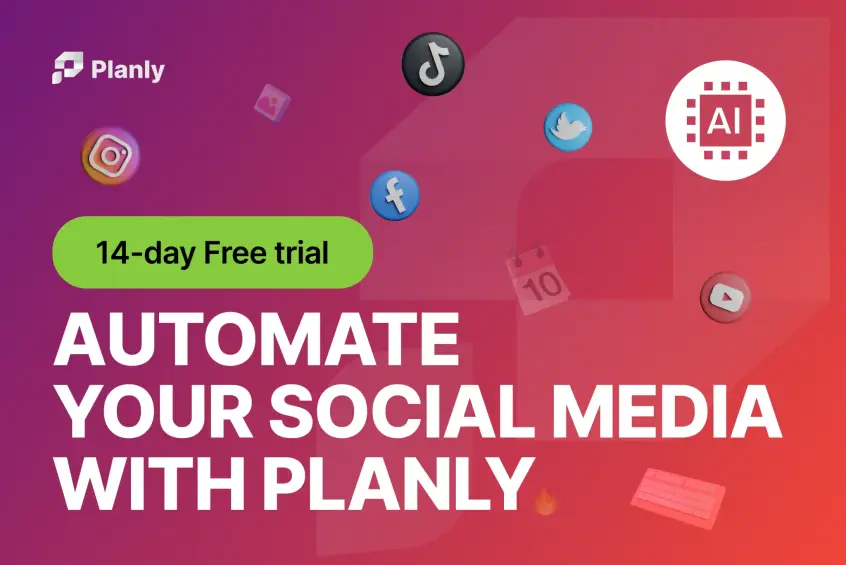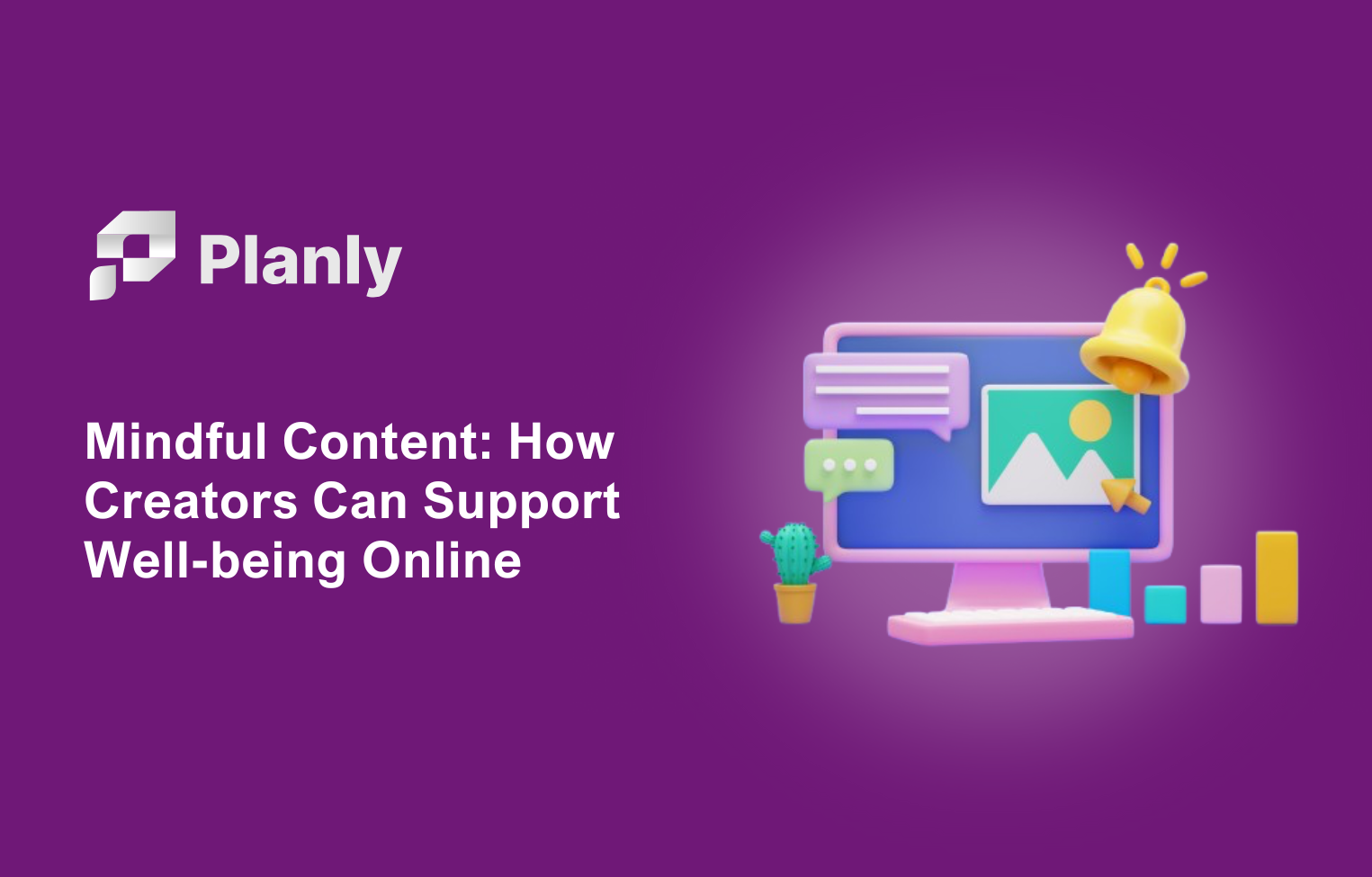In today's digital landscape, having a visually appealing and easily navigable website alone is not enough to attract and retain visitors. Your website copy plays a crucial role in capturing the attention of your audience, communicating your brand message, and ultimately converting visitors into customers. In this ultimate guide, we will delve into the best practices for writing compelling website copy that not only appeals to search engines but also resonates with your target audience. By optimizing your content with strategic keywords and crafting engaging headlines, you can elevate your website's visibility and drive meaningful conversions.
The Importance of Effective Website Copywriting
Before delving into the nitty-gritty of writing copy for your website, let's first understand why it matters. A well-written website copy can:
- Engage and Connect with Your Audience: Quality content has the power to captivate and resonate with your target audience. By understanding their pain points, desires, and aspirations, you can craft copy that addresses their needs effectively.
- Establish Trust and Credibility: Authentic and compelling copy helps establish trust with your audience. By demonstrating your expertise and understanding of their challenges, you position yourself as a reliable source of information.
- Drive Conversions: The ultimate goal of your website copy is to convert visitors into customers. By using persuasive language and highlighting the value of your products or services, you can move your audience along the buyer's journey, ultimately leading to increased conversions.
Defining Your Target Audience and Objectives
To create effective website copy, it's crucial to have a clear understanding of your target audience and objectives. By defining these key components, you can tailor your messaging to resonate with your intended audience. Here's how you can do it:
- Define Your Target Audience: Identify the demographics, interests, pain points, and behaviors of your ideal customer. By creating buyer personas, you can better understand their motivations and address their concerns effectively.
- Define Your Objectives: Establish clear goals for your website copy. Do you want to generate leads, increase sales, or boost brand awareness? Having a defined objective will help you tailor your copy to achieve the desired outcome.
Conducting Keyword Research

Keyword research is a critical step in optimizing your website copy for search engines. By identifying relevant keywords and incorporating them strategically, you can improve your website's visibility in search engine results. Here's how you can conduct effective keyword research:
- Brainstorm Relevant Keywords: Start by brainstorming a list of relevant keywords related to your business, produ
- cts, or services. Think about the terms your target audience would search for when looking for a solution like yours.
- Utilize Keyword Research Tools: Utilize keyword research tools such as Google Keyword Planner, SEMrush, or Ahrefs to expand your keyword list. These tools provide valuable insights into keyword search volume, competition, and related terms.
- Analyze Competitor Keywords: Analyze the keywords your competitors are targeting. This can give you ideas for potential keywords to include in your own website copy.
Writing Persuasive Headlines and Subheadings
Captivating headlines and subheadings are crucial for enticing visitors to engage with your website content. Additionally, search engines often prioritize headlines when determining the relevance of your content. Here's how you can optimize your headings and subheadings effectively:
- Incorporate Primary Keywords: Include your primary keywords in your main headline (H1) to signal search engines about the topic of your page. For subheadings (H2 and H3), incorporate secondary and related keywords to enhance the relevance of your content.
- Use Actionable Language: Use action-oriented language in your headlines to create a sense of urgency and evoke curiosity in your audience. Phrases like "Discover," "Unveil," or "Unlock" can entice your readers to continue engaging with your content.
- Keep it Concise and Clear: Ensure your headlines and subheadings are concise and clearly convey the main points of your content. Break down complex ideas into bite-sized sections, making it easier for readers to digest.
Crafting Engaging Website Copy
Now that you've optimized your headlines, it's time to focus on crafting engaging website copy that keeps visitors hooked. Here are some best practices to guide you:
- Use the Inverted Pyramid Structure: Start with a compelling and concise introduction that grabs your readers' attention. Follow up with the main points, supporting details, and conclude with a strong call to action (CTA). This structure ensures that your key message is delivered upfront, catering to readers who may skim through your content.
- Write Clearly and Concisely: Avoid jargon and complicated language. Use clear and simple language that everyone can understand. Break down complex concepts into easily digestible sections to keep readers engaged.
- Tell Compelling Stories: Humans are wired to resonate with stories. Use storytelling techniques to humanize your brand and create an emotional connection with your audience. Share success stories, case studies, or customer testimonials to demonstrate the value your products or services provide.
- Incorporate Social Proof: Leverage social proof, such as reviews, testimonials, or client logos, to establish credibility and build trust with your audience. Seeing that others have had positive experiences with your brand can influence their decision-making process.
- Address Objections and Provide Solutions: Anticipate and address common objections or concerns your audience may have. By providing solutions to these objections, you instill confidence in your audience and alleviate their doubts.
Optimizing for SEO
While writing engaging website copy is essential, optimizing it for search engines is equally crucial to drive organic traffic. While optimizing your website copy is crucial for engaging your audience, using a Facebook post scheduling tool can ensure your content is consistently shared at optimal times, helping to drive traffic back to your site and enhance overall visibility. Here are some key SEO practices to apply to your website copy:

- Strategic Keyword Placement: Incorporate your primary and secondary keywords naturally throughout your content. Avoid keyword stuffing, as it can harm your website's ranking. Instead, focus on providing valuable and relevant information.
- Meta Tags and Descriptions: Optimize your meta tags, title tags, and meta descriptions using your target keywords. These elements not only help search engines understand the content of your page but also entice users to click on your website.
- URL Structure: Ensure your URL structure is SEO-friendly. Use descriptive words, incorporate keywords when possible, and keep it concise.
- Internal and External Linking: Include internal links to relevant pages on your website to improve navigation and help search engines crawl your site effectively. Additionally, incorporate external links to authoritative sources that support and validate your content.
Writing Compelling Calls to Action (CTAs)
A well-crafted call to action (CTA) can nudge yo
ur visitors towards the desired action. Here are some tips to make your CTAs more compelling:
- Use Action Verbs: Use action verbs that encourage visitors to take immediate action. Words like "Get," "Join," or "Try" can increase the click-through rate of your CTAs.
- Offer Value: Highlight the value or benefit your visitors will receive by clicking on your CTA. For example, instead of "Sign up," consider using "Get 10% off" or "Unlock exclusive content."
- Create a Sense of Urgency: Incorporate time-limited offers or incentives to create a sense of urgency. Phrases like "Limited time offer" or "Limited availability" can help drive conversions.
Conclusion
Crafting compelling website copy is a skill that requires a mixture of creativity, empathy, and strategic thinking. By understanding your target audience, conducting keyword research, writing persuasive headlines, and optimizing your content for search engines, you can create copy that connects with your audience, establishes credibility, and drives conversions. Keep experimenting, analyzing data, and refining your website copy to continually improve its effectiveness. With these best practices, you can transform your website into a persuasive marketing tool that elevates your brand and propels your business forward.









